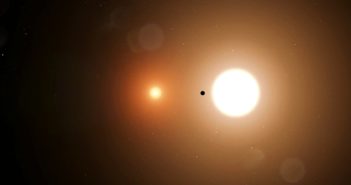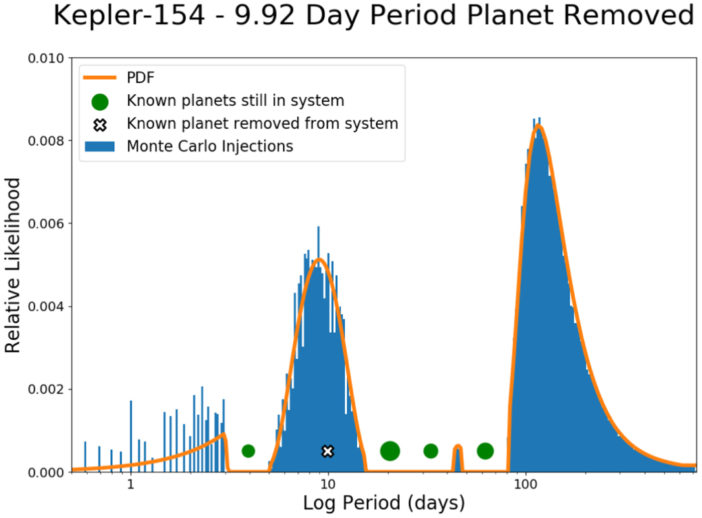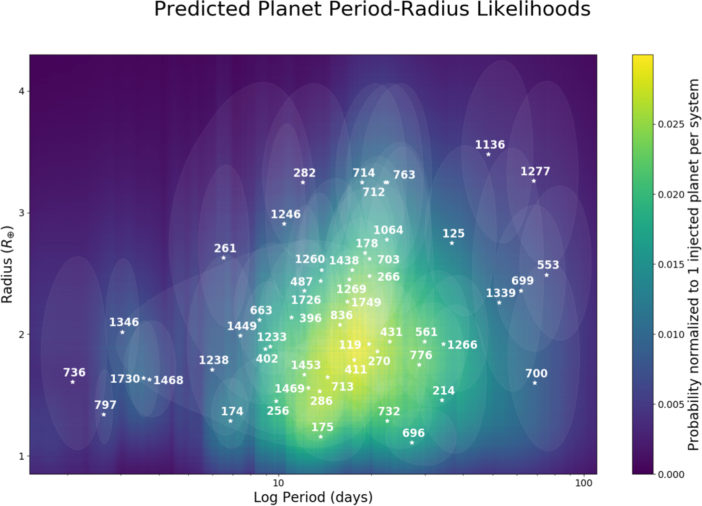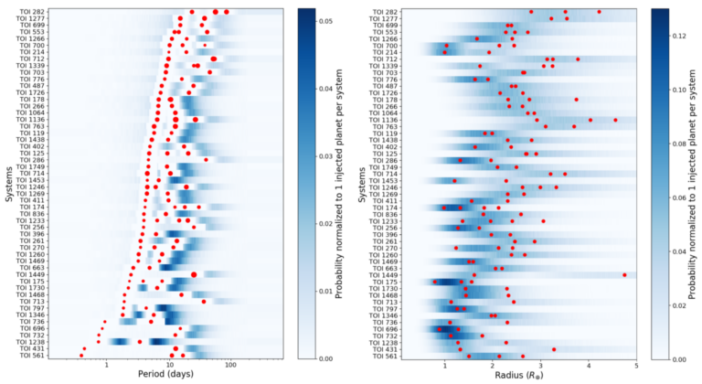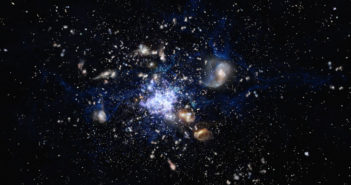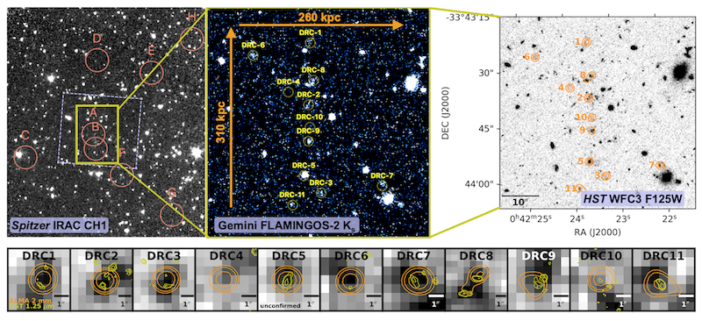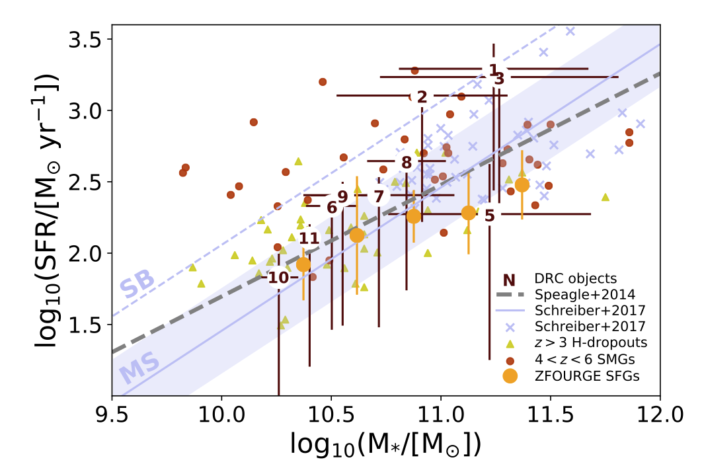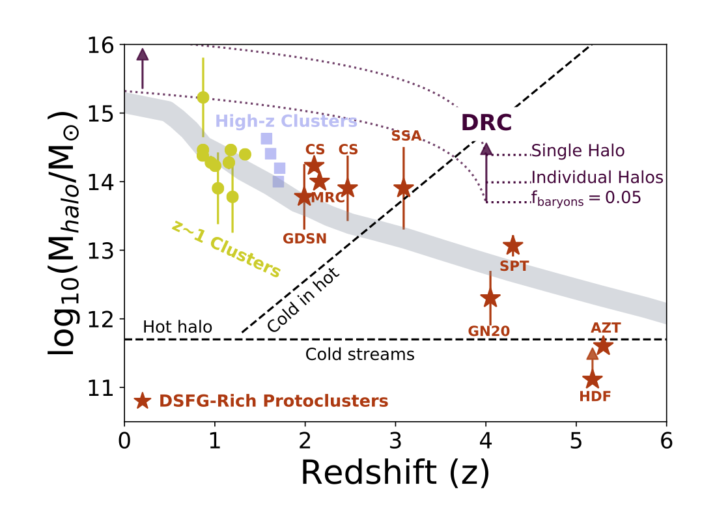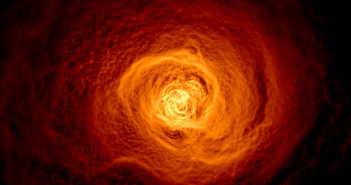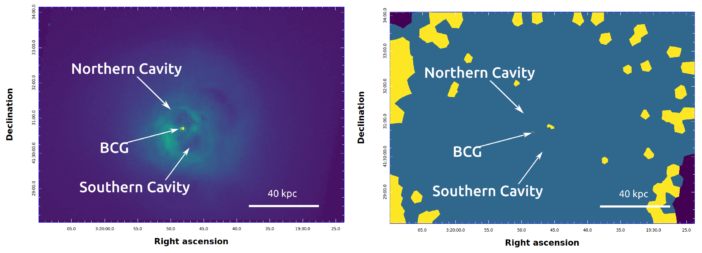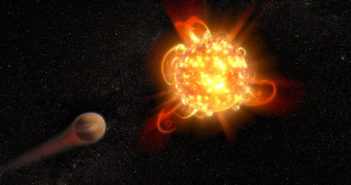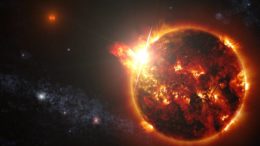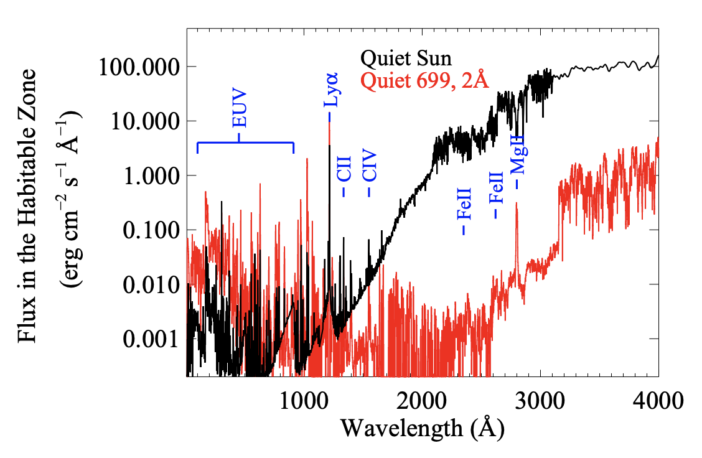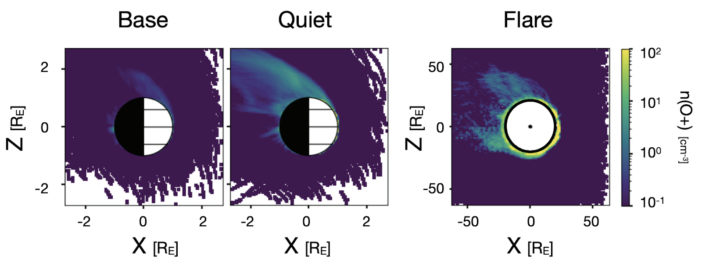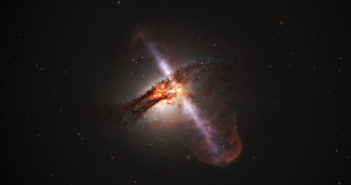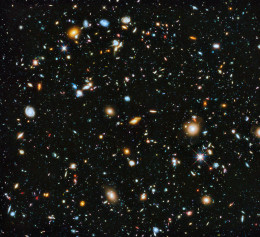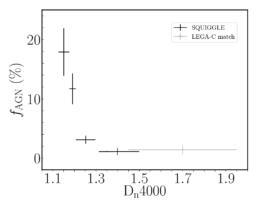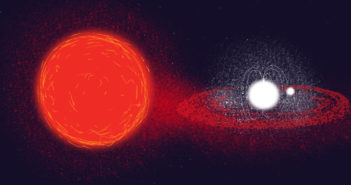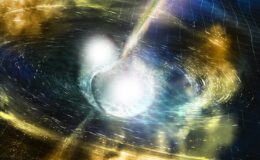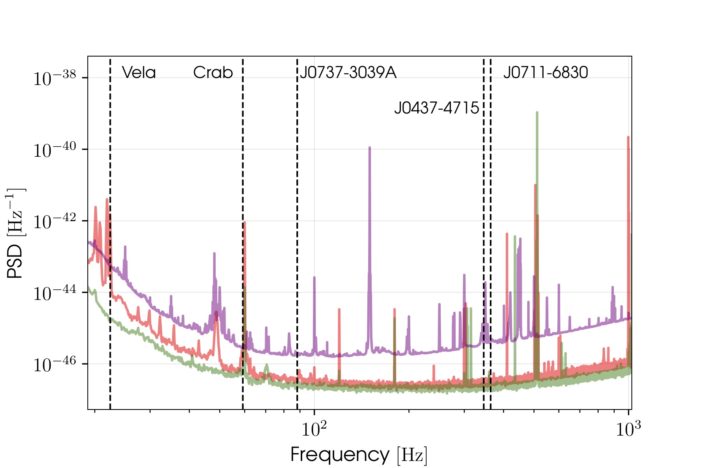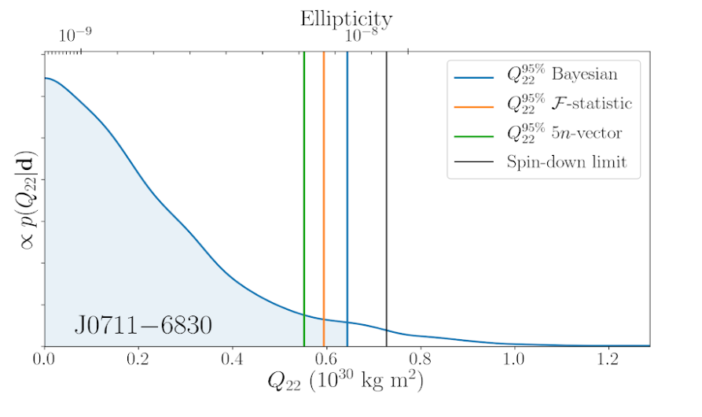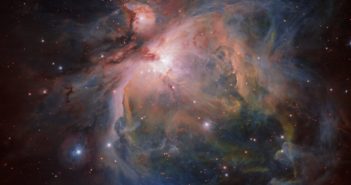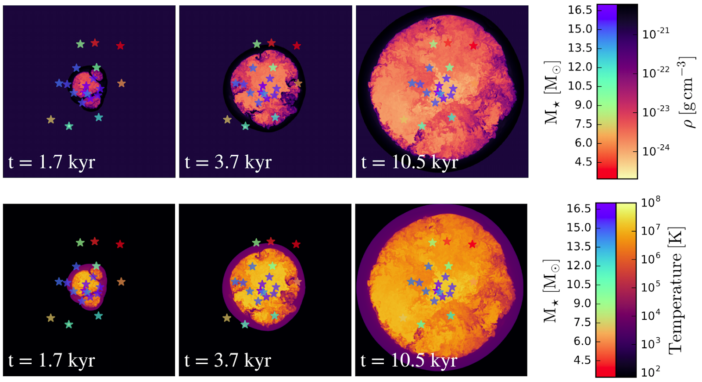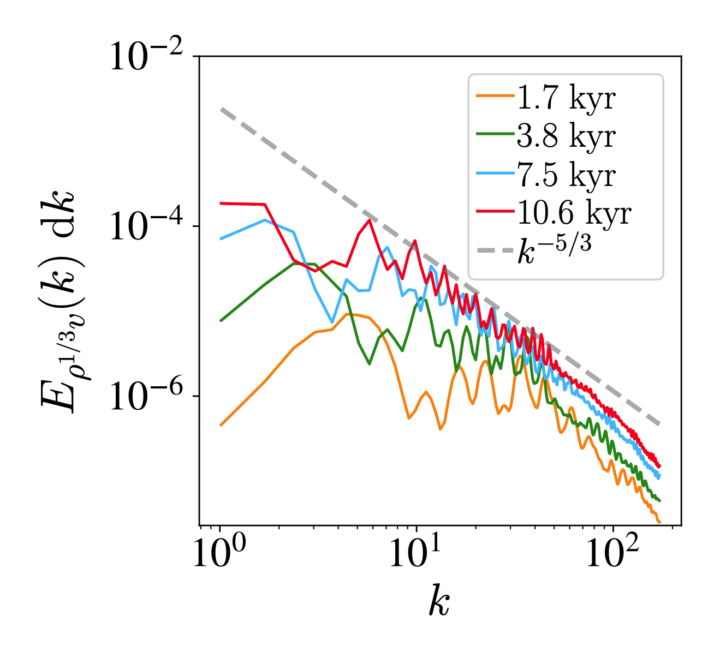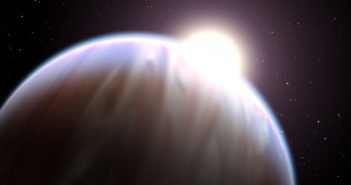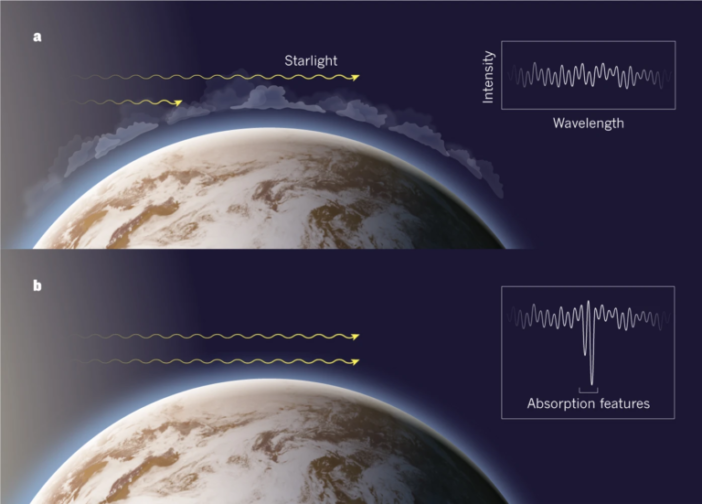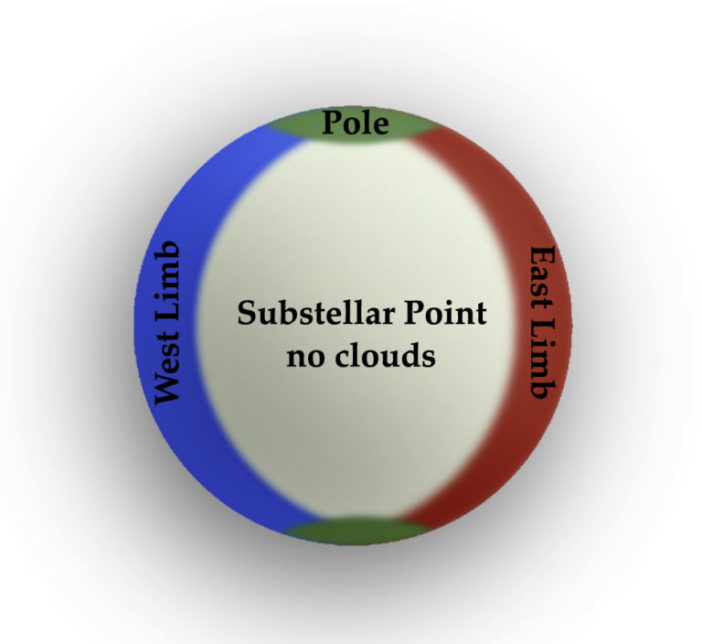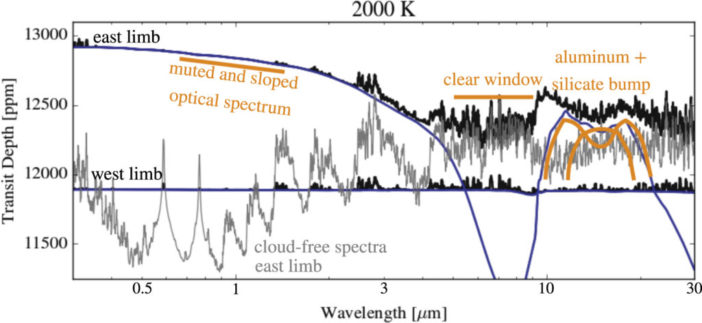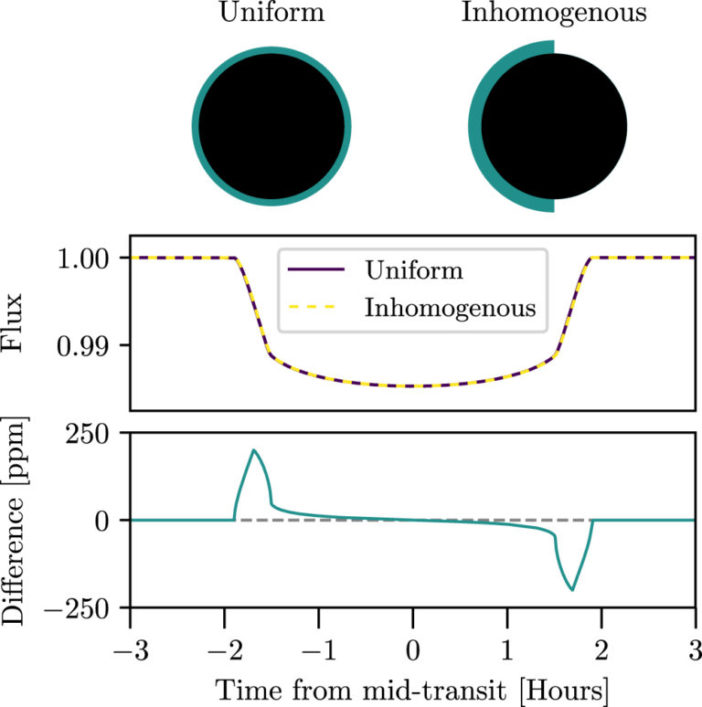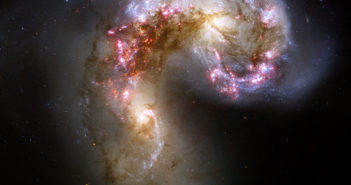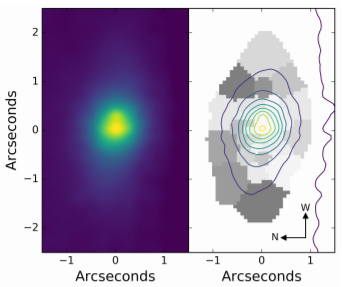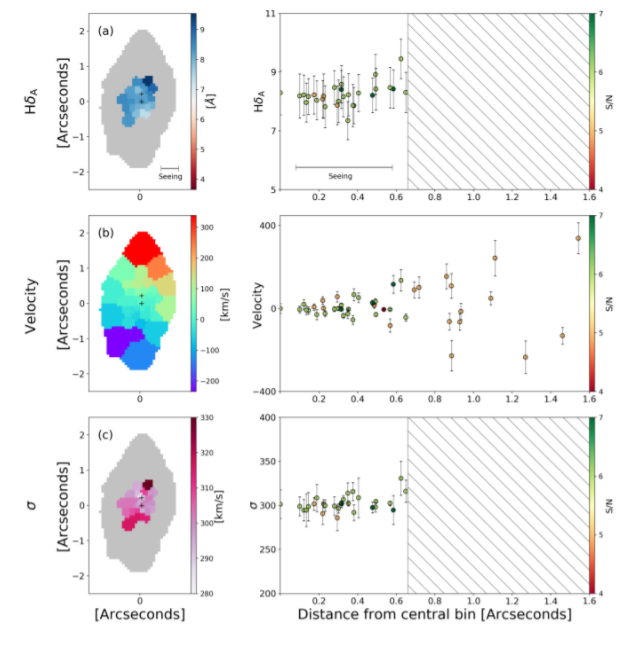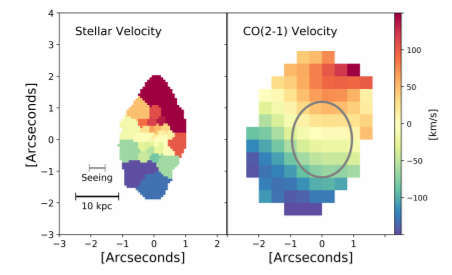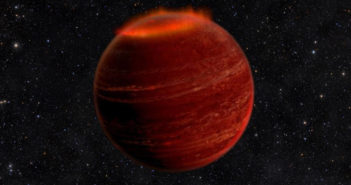
Don’t Change the Station! Substellar Objects Are Up Next
Editor’s note: Astrobites is a graduate-student-run organization that digests astrophysical literature for undergraduate students. As part of the partnership between the AAS and astrobites, we occasionally repost astrobites content here at AAS Nova. We hope you enjoy this post from astrobites; the original can be viewed at astrobites.org.
Title: Direct radio discovery of a cold brown dwarf
Authors: H. K. Vedantham et al.
First Author’s Institution: ASTRON, Netherlands Institute for Radio Astronomy
Status: Submitted to ApJL
Brown Dwarfs: The Middle School of Celestial Objects
What do you get when you have too much mass to form a planet, but not enough mass to form a star? A brown dwarf! First theorized in the 1960s and observed in the 1990s, brown dwarfs — a subclass of ultra-cool dwarfs — are substellar objects around 13–80 times the mass of Jupiter (or 10–90 times, depending on who you ask). They are special because, though they are thought to form in a similar manner to stars, they aren’t massive enough to trigger sustained hydrogen fusion in their cores. Instead, they are thought to fuse deuterium or lithium. This means that, unlike our Sun or other stars, they will gradually cool and fade rather than becoming white dwarfs, neutron stars, or black holes.
Despite not being stars, brown dwarfs are still self-luminous — meaning they emit energy in the form of light rather than just reflecting it back from a host star — and therefore can have spectral classifications like stars. Depending on how much light they emit and their temperatures, brown dwarfs are classified as either L, T, or Y type. Each class shows different dominant absorption lines: L dwarfs are water- and carbon-monoxide-dominated, T dwarfs are methane-dominated, and Y dwarfs are potentially ammonia-dominated.
The Study
Like stars, some brown dwarfs are known to have strong magnetic fields, and even instances of potential aurorae. In addition to being observable by some optical instruments, this magnetic activity allows some brown dwarfs to be detectable in the radio and — if the magnetic field activity is strong enough — X-ray bands. However, radio observations of these objects have previously been performed primarily to follow-up known brown dwarfs. The authors of today’s paper use the Low Frequency Array (LOFAR) to make the first direct radio discovery of a brown dwarf, BDR 1750+3809. They specifically looked at circularly polarized radio sources in the LOFAR Two-meter Sky Survey (LoTSS), because known brown dwarfs have highly circularly polarized radio emission. They followed up the LoTSS data with near-infrared observations using the Wide-field Infrared Camera (WIRC) at Palomar, and the NIRI imager at Gemini-North. They also obtained a spectrum using NASA’s Infrared Telescope Facility (IRTF).
Using all of these follow-up observations, the authors were able to determine several characteristics of BDR 1750+3809:
- It has strong methane absorption bands, indicating it is likely a T dwarf
- The approximate distance to the object, calculated using the distance modulus, is around 57–74 pc (186–241 light-years)
- It has a larger luminosity than expected. This is likely caused by the viewing geometry or by a companion object that is either large or close to BDR 1750+3809, similar to the Jupiter–Io system.
Most importantly, though, the detection shows that radio observations can be used to blindly discover these objects.
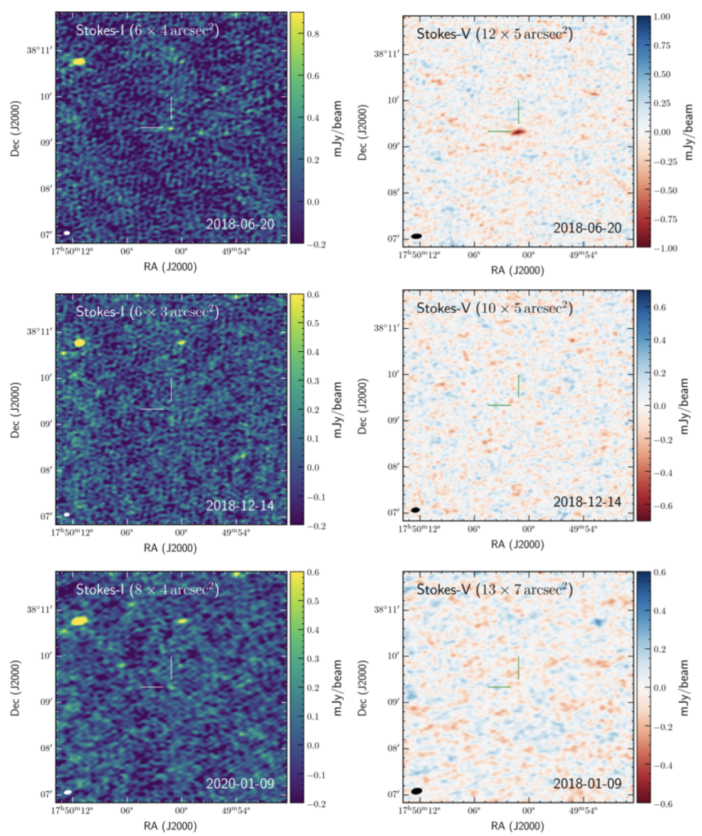
Figure 1: Six graphs of LOFAR radio signals (and non-detections) from BDR 1750+3809 are shown. The graphs on the left show the total intensity of the signal, while the graphs on the right show only the intensity of the circularly polarized signals. The three different observation dates are noted on the graphs. [Vedantham et al. 2020]
Why Does It Matter?
This discovery is important not only as evidence of a way to discover more brown dwarfs, but also as a potential window into learning more about the properties of exoplanet magnetospheres. Both brown dwarfs and planets are thought to have exclusively dipolar magnetic fields, meaning they have two poles of equal and opposite strength like a bar magnet or Earth’s magnetic field. However, because of technological constraints and the fact that Earth’s ionosphere blocks many low-frequency radio waves, signals from exoplanet magnetic fields are currently hard to detect (although one was detected via its aurorae earlier this year). This low-frequency brown dwarf observation — comparable to what is expected from gas giant exoplanets — indicates that instruments such as LOFAR do have the sensitivity necessary to make radio detections of exoplanet magnetospheres. If learning about the magnetic field itself isn’t exciting enough, keep in mind that a magnetic field strong enough to shield a planet from stellar radiation is a requirement for habitability as we know it. The more we can determine about an exoplanet’s magnetosphere, the more we can speculate about the possibility of it sustaining life!
Original astrobite edited by Aaron Pearlman.
About the author, Ali Crisp:
I’m a third year grad student at Louisiana State University. I study hot Jupiter exoplanets in the galactic bulge. I am originally from Tennessee and attended undergrad at Christian Brothers University, where I studied physics and history. In my “free time,” I enjoy cooking, hiking, and photography.
